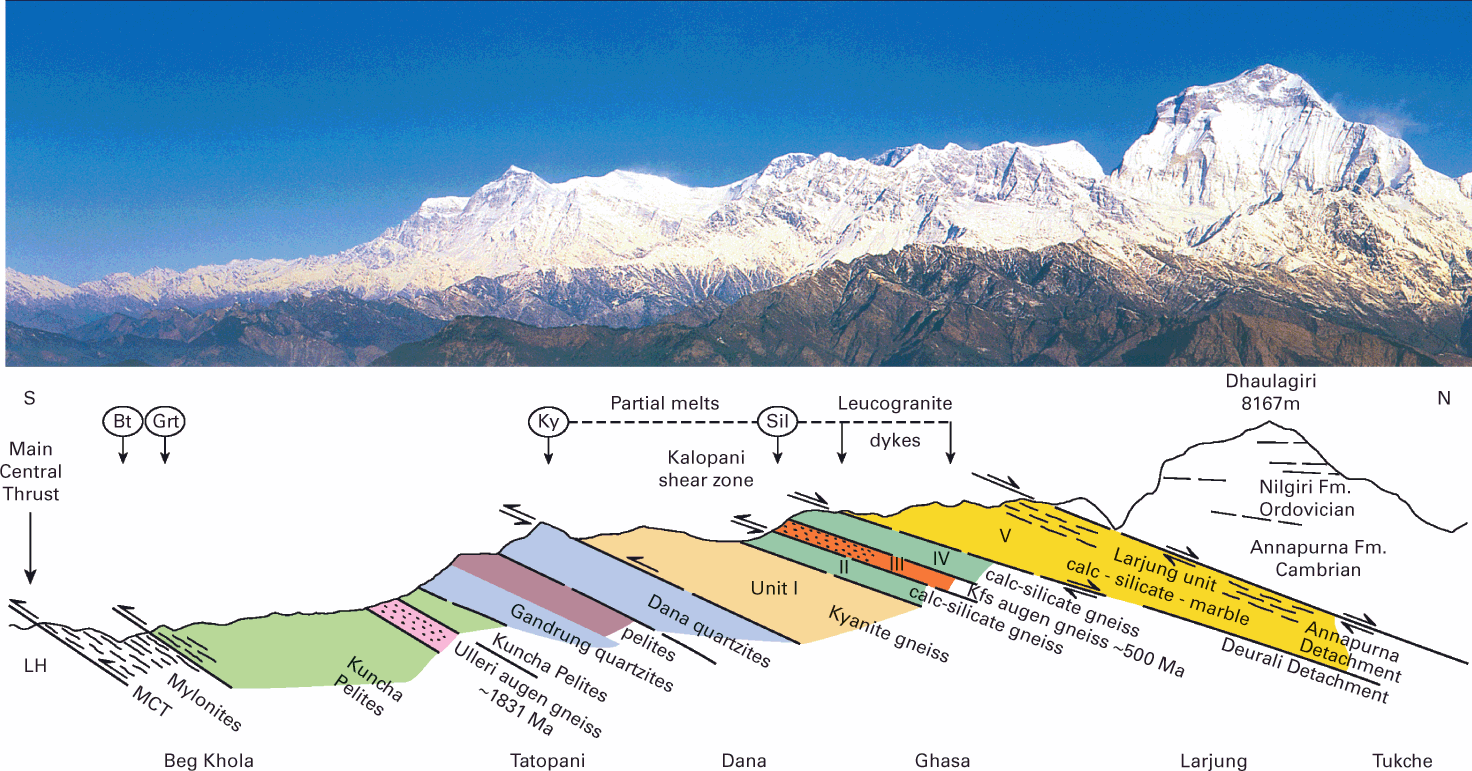
The Himalayan Mountains are one of the most majestic and awe-inspiring mountain ranges in the world. They are located in South Asia, spanning across several countries including India, Nepal, Bhutan, and China. The Himalayas are known for their towering peaks, glaciers, and diverse ecosystems. But have you ever wondered how these mountains were formed? In this article, we will explore the geological processes that led to the formation of the Himalayan Mountains.
Plate Tectonics

The formation of the Himalayan Mountains can be traced back to plate tectonics. Plate tectonics is the theory that the Earth's outer shell is divided into several plates that move and interact with each other. The collision of two tectonic plates is what led to the formation of the Himalayas.
The Indian Plate

The Indian Plate is a massive tectonic plate that covers the entire Indian subcontinent. Millions of years ago, the Indian Plate was located south of the equator and was drifting towards the north. As it moved northwards, it collided with the Eurasian Plate. This collision caused the Indian Plate to buckle and fold, leading to the formation of the Himalayan Mountains.
Continental Drift

The collision of the Indian Plate with the Eurasian Plate was not a sudden event. It was caused by the slow and gradual movement of the tectonic plates over millions of years. The process of tectonic plates moving and shifting is known as continental drift. The Indian Plate had been moving northwards for millions of years before it collided with the Eurasian Plate.
Mountain Building
The collision of the Indian Plate with the Eurasian Plate was a violent event that caused the Earth's crust to buckle and fold. This process of folding and buckling is known as mountain building. The Himalayan Mountains were formed as a result of this mountain building process. The pressure and force of the colliding tectonic plates caused the Earth's crust to rise and form the majestic peaks of the Himalayas.
Rock Formation

The rocks that make up the Himalayan Mountains are mostly sedimentary rocks that were formed millions of years ago. These rocks were deposited in shallow seas and river deltas that covered the Indian subcontinent. Over time, these rocks were buried and subjected to heat and pressure, leading to their transformation into the hard and durable rocks that make up the Himalayas.
Glacier Formation

The Himalayas are home to some of the largest glaciers in the world. Glaciers are formed when snow and ice accumulate in mountain valleys and are compressed under their own weight. The high peaks and cold temperatures of the Himalayas make them an ideal location for glacier formation. These glaciers play an important role in maintaining the ecological balance of the Himalayan region.
Ecosystems

The Himalayan Mountains are home to a diverse range of ecosystems, from tropical forests to alpine meadows. The unique geography and climate of the Himalayas have created an environment that supports a wide variety of plant and animal life. The Himalayan region is also home to several endangered species, including the snow leopard and the Himalayan musk deer.
Culture
The Himalayan region is also known for its rich and diverse culture. The region is home to several ethnic groups with their own unique traditions and customs. The Himalayas are also a popular destination for tourists and trekkers, who come to explore the natural beauty and cultural heritage of the region.
Conclusion
In conclusion, the Himalayan Mountains are a testament to the power and beauty of our planet. The formation of these mountains was a result of complex geological processes that took millions of years to unfold. Today, the Himalayas are not only a natural wonder but also a cultural and ecological treasure that must be protected for future generations.